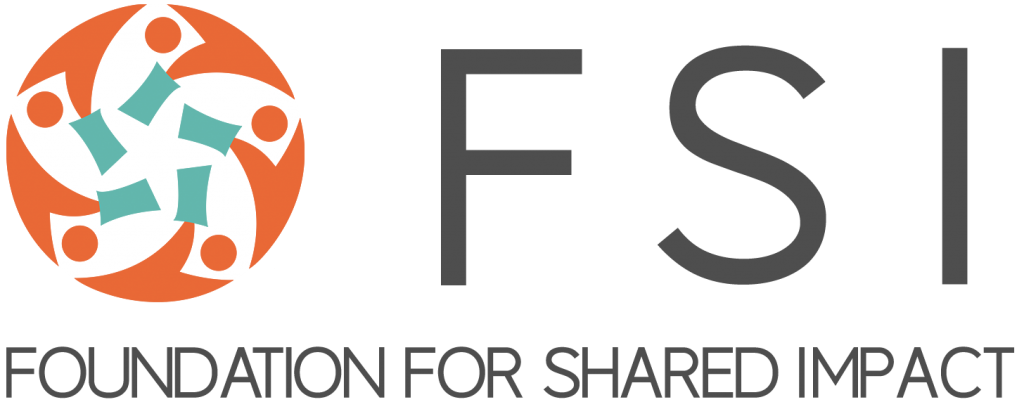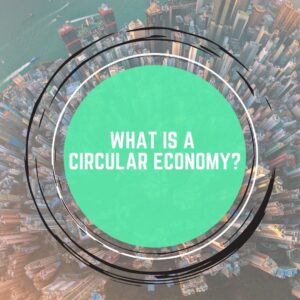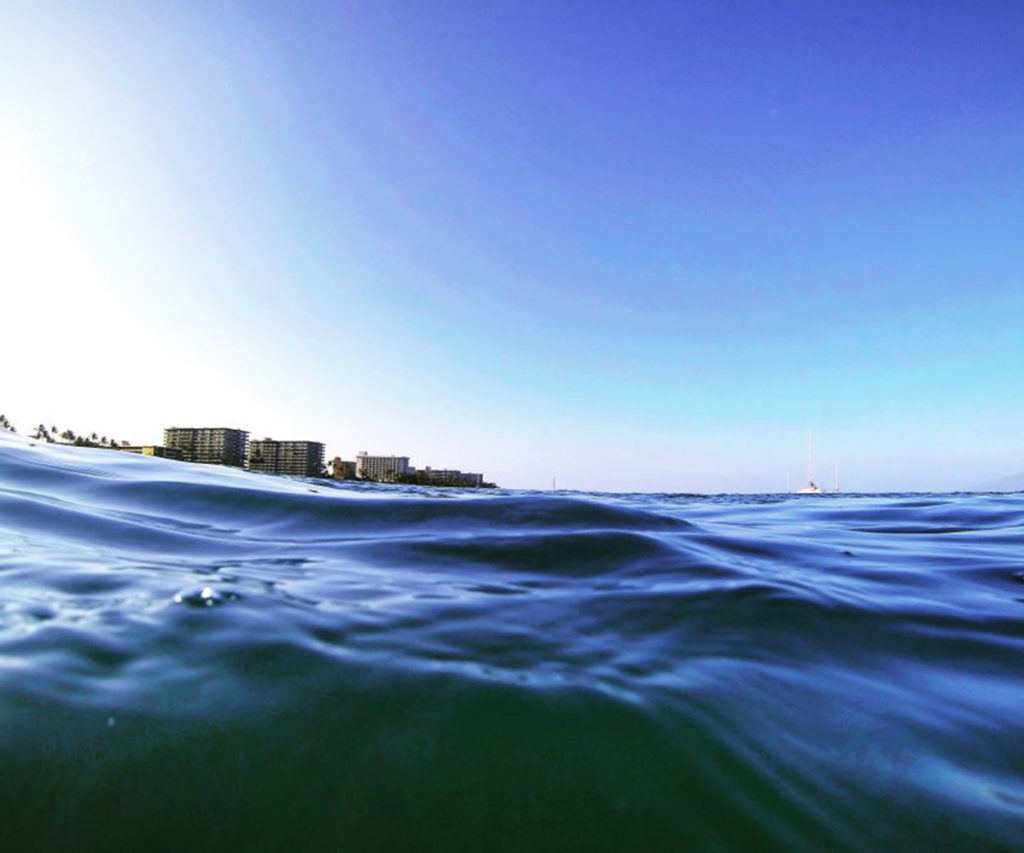Every year, approximately 22,000 tonnes of dust from the Sahara Desert travels across the Atlantic Ocean to the Amazon Rainforest. It isn’t ordinary dust, but dust containing phosphorus, an essential nutrient to the growth of plants in the Amazon Rainforest, which, incidentally, loses roughly the same amount of phosphorus to heavy rainfall every year.
With these nutrients, derived from dead microorganisms and transported by wind from an ancient lake bed in Chad, the flora in the Amazon Rainforest provides food and shelter to the fauna, who help propagate the trees and plants by dispersing the digested seeds through their fecal matter. As they reach the end of their life, the animals’ carcasses feed insects and birds, before they decompose into nutrients for the soil with the help of microorganisms.
In nature, nothing goes to waste. And it is precisely this closed-loop, circular system that we humans are trying to mimic in order to build a better way forward.
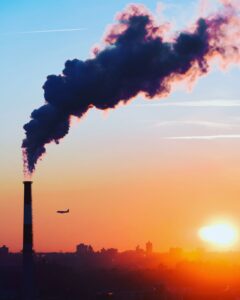
From Linear to Circular Economy
The majority of products and services we use today are produced with the take-make-waste model with obsolescence in mind. This linear economic model has its roots in developed nations that experienced an abundance of material resources and energy as a result of industrialization, according to the Ellen MacArthur Foundation. Additionally, as negative externalities (such as air and water pollution, higher healthcare costs for humans, loss of habitat for wildlife etc.) are not priced in, resources are available at such cheap prices that producers find little incentive to recycle or reuse the resources. The consequence is massive amounts of waste and pollution: citing the report of the Sustainable Europe Research Institute (SERI), the said Foundation found in 2013 that 21 billion tons of materials used in production were not incorporated in the final product (they were lost in production, as unused by-products, due to inefficiency, as a result of storage problems etc.).
While the linear economic model has brought material wealth to developed nations, an overhaul is long overdue because of various reasons – it has led to tremendous habitat and biodiversity loss for wildlife, and increase in wastage, pollution, and carbon emissions. Resource extraction alone is a major contributor to climate change, and subsequently, higher health risks for all lives on the planet.
And we don’t have unlimited resources to extract. With the development of emerging economies such as China and India, the global mass of middle-class consumers is expected to reach five billion by 2030. That could put more pressure on our environment and natural resources, which are becoming increasingly depleted, therefore more difficult and expensive to extract. Our unsustainable lifestyle means that our current demand for natural resources, as of 2019, requires more than one Earth to sustain us, and the figure varies across economies: in Hong Kong, we would need 4.2 Earths.
What is a Circular Economy?
In a circular economy, economic activity is decoupled from the incessant extraction and consumption of finite natural resources, and waste and pollution is designed out of the system. What this means is keeping products and materials in use (through recycling and remanufacturing), and regenerating natural systems, so that nothing goes to waste, and valuable materials can be put back into the system to create new products, such as sources of bioenergy. By utilizing and balancing the flow of renewable resources, the circular economy can also prevent negative externalities that are currently not reflected in market prices.
Importantly, an economically successful circular design requires the transition towards a “product-as-a-service” system, where ownership of a product stays with the company, and the consumer pays only for the usage, maintenance and repair of the product, thereby enabling the company to reduce cost and energy used for material extraction and production, as well as its negative environmental impact.
Just to be clear, closed-loop strategies are not a novel concept. Scientists have found that the concept of circular economy originated as far back as the Bronze Age. In 1966, US economist Kenneth Boulding called for a shift from the “cowboy economy” – based on the idea of limitless plains and associated with reckless, exploitative, and violent behavior – to the “spaceman economy” – in which the Earth can be imagined as a spaceship, where resources are finite and people must seek ways to conserve and reuse materials and energy. Ironically, what Boulding wrote over half a century ago still rings true: “Even now we are very far from having made the moral, political, and psychological adjustments which are implied in this transition from the illimitable plane to the closed sphere.”
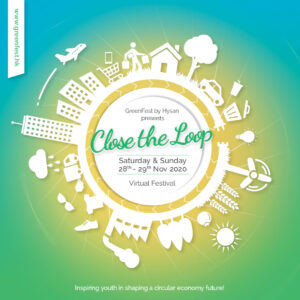
The good news is the tide is turning. Stay tuned to Part II of this newsletter to learn more about the countries and businesses that are going circular. Interested in exploring how our systems can be more circular and less wasteful? Register for this year’s GreenFest by Hysan, and check out their list of speakers and workshop organizers who are offering solutions for the shift towards a circular economy! Open to youth between the ages of 14 and 25, this annual event will be held virtually this year with the theme of “Close the Loop”. As a partner of GreenFest, FSI has 20 tickets to give away. Get your tickets here!
